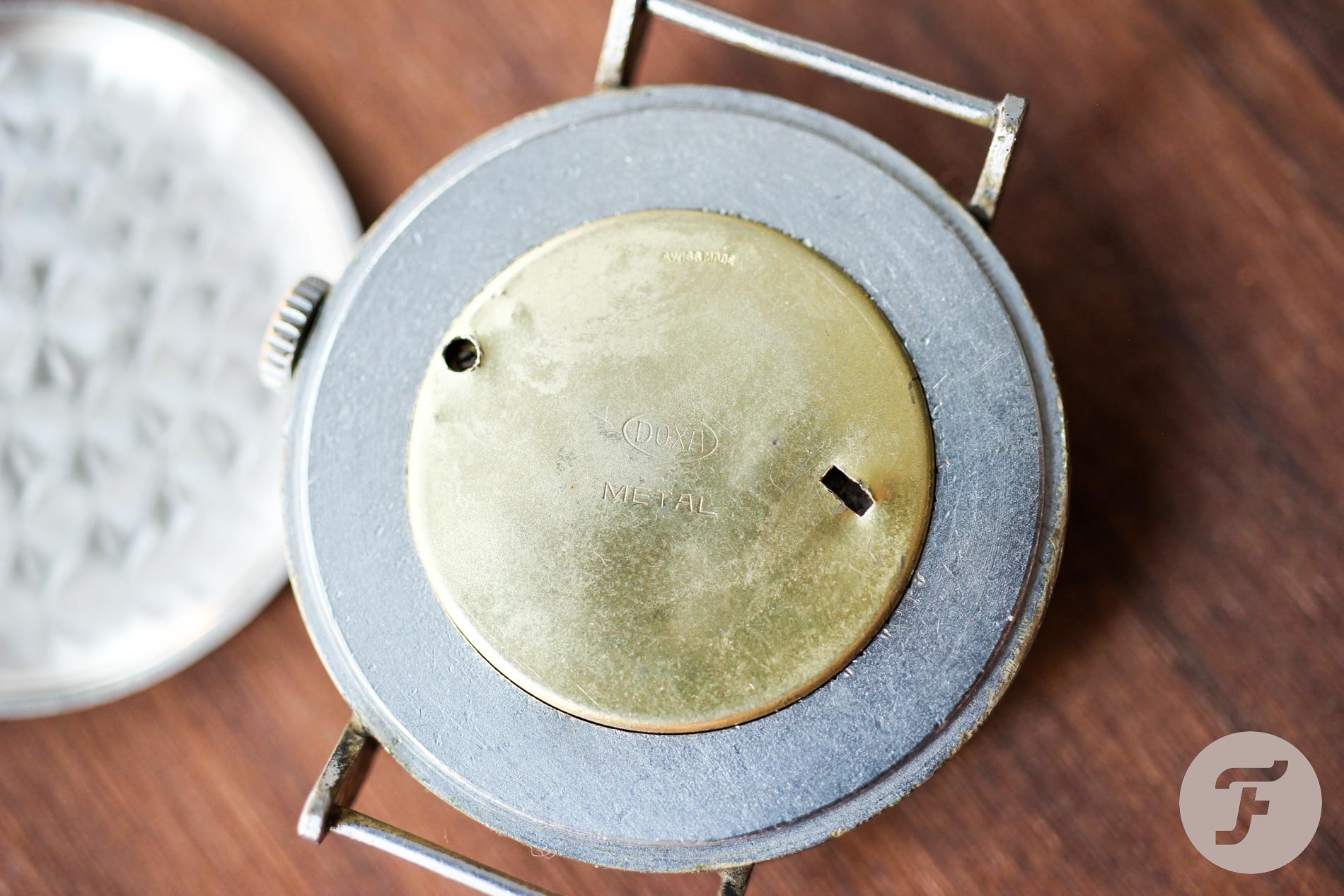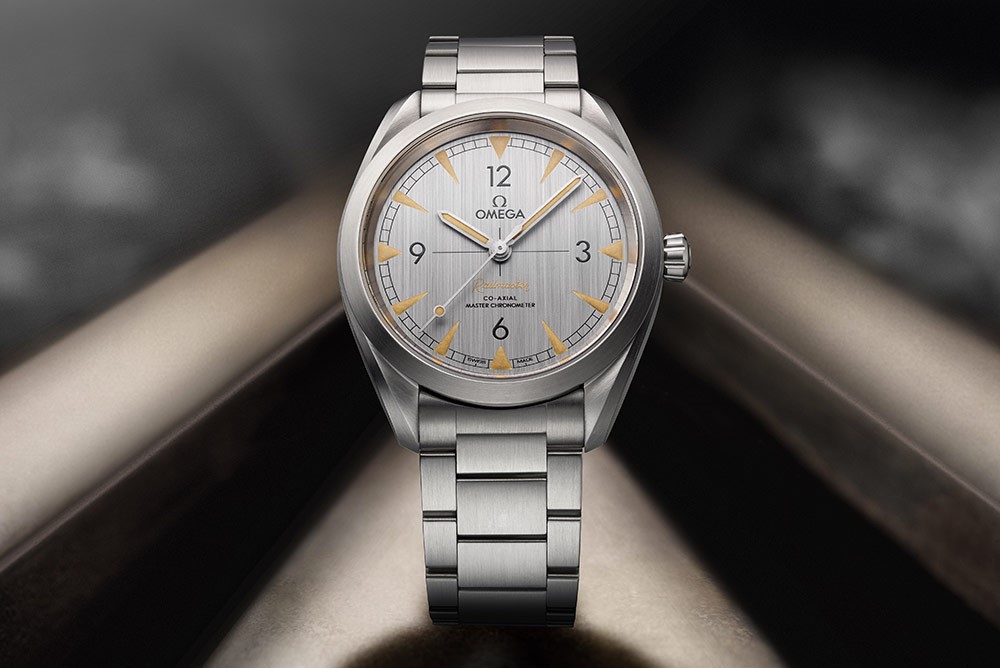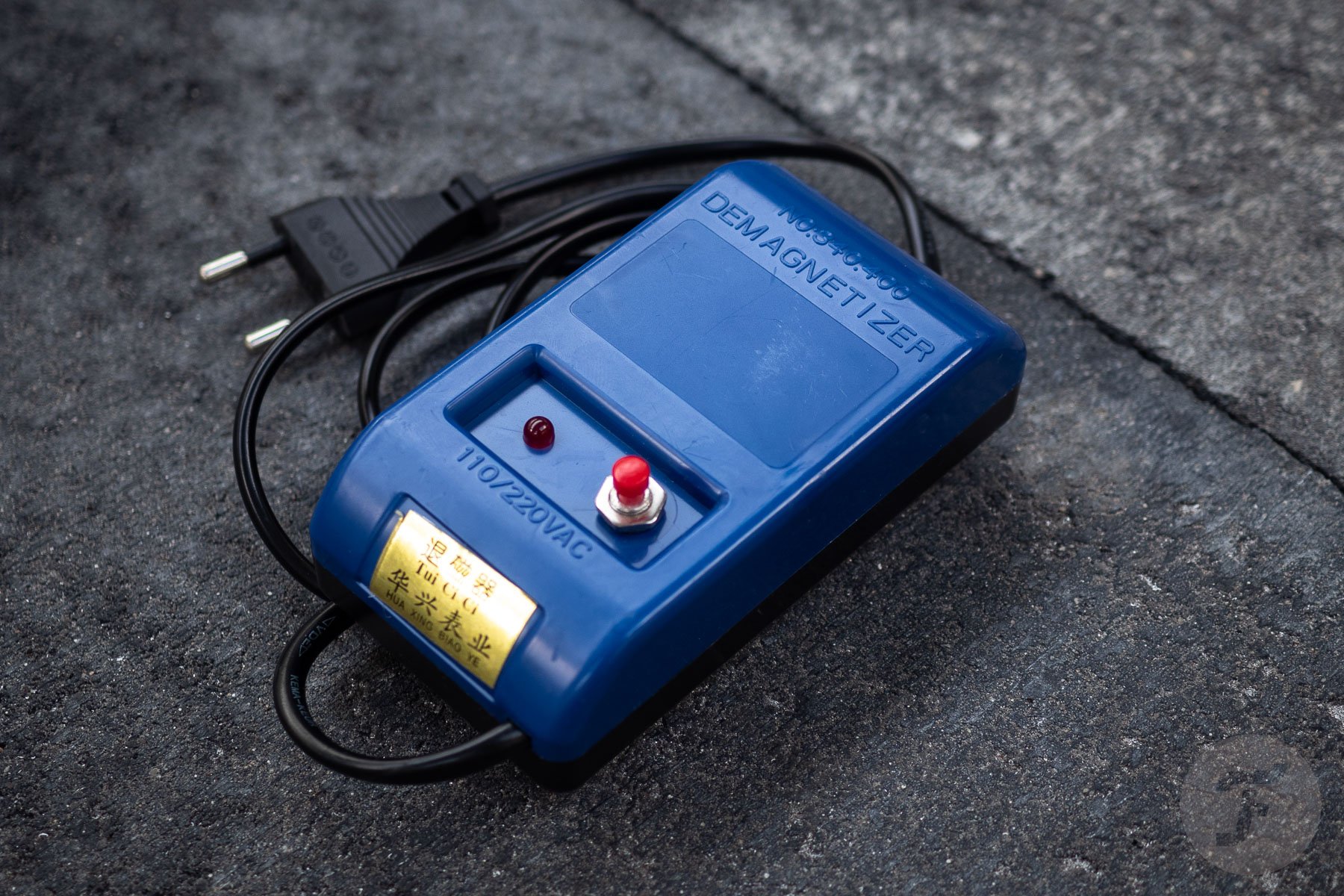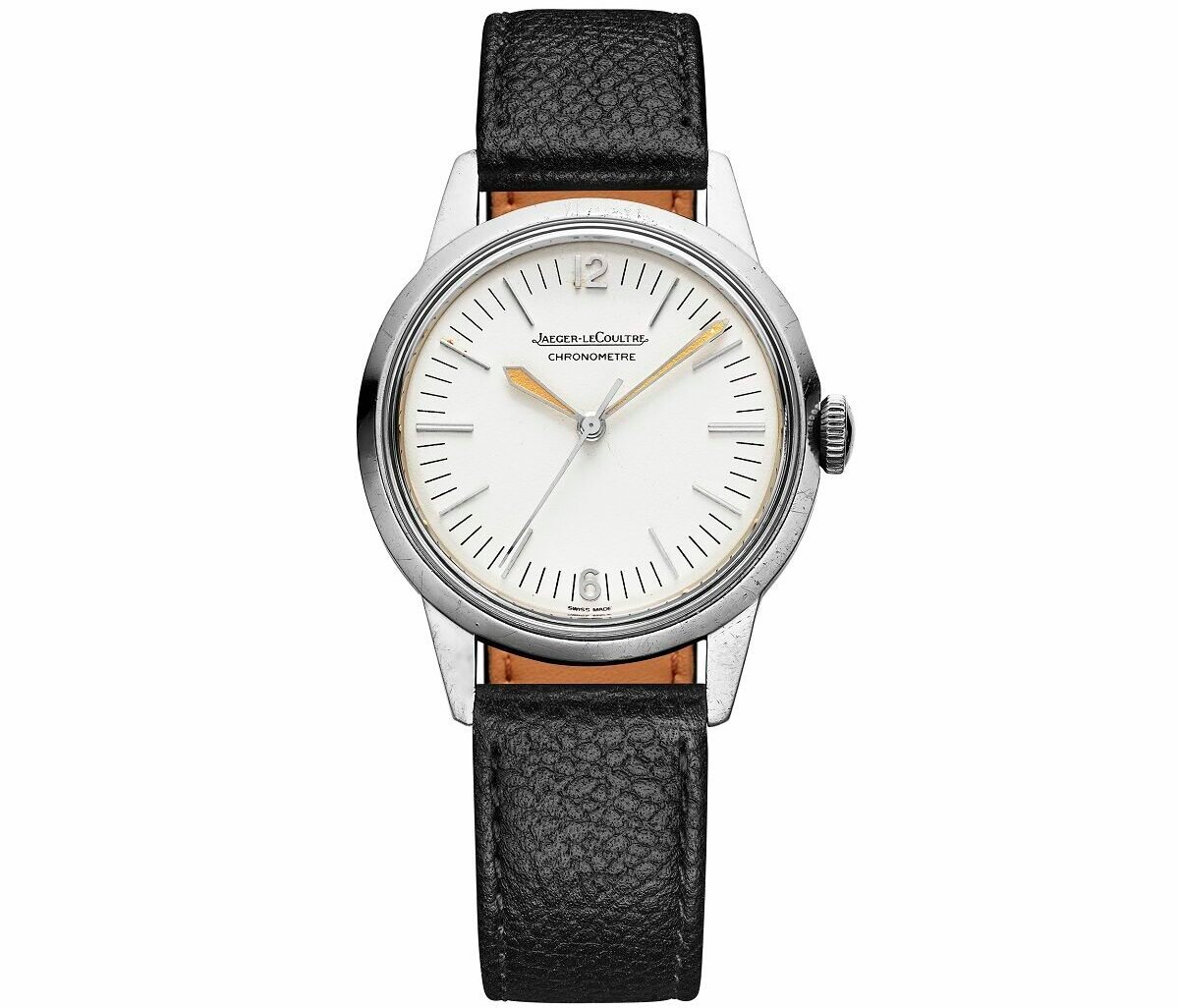The History And Future Of The Fight Against Magnetism In Watches
It is hard to imagine today, but there was a time when magnetism hardly played any role in watchmaking. It wasn’t until the mass adoption of electricity that magnetic fields became an issue. Today, with all of our gadgets and devices, it has become a key priority in watchmaking and a topic worth exploring in some detail.
You are reading these very words on a device with a magnetic field of its own. And there are likely only a handful of inches between it and your watch. So yes, this topic is relevant to you as a watch lover. Let’s dive in!
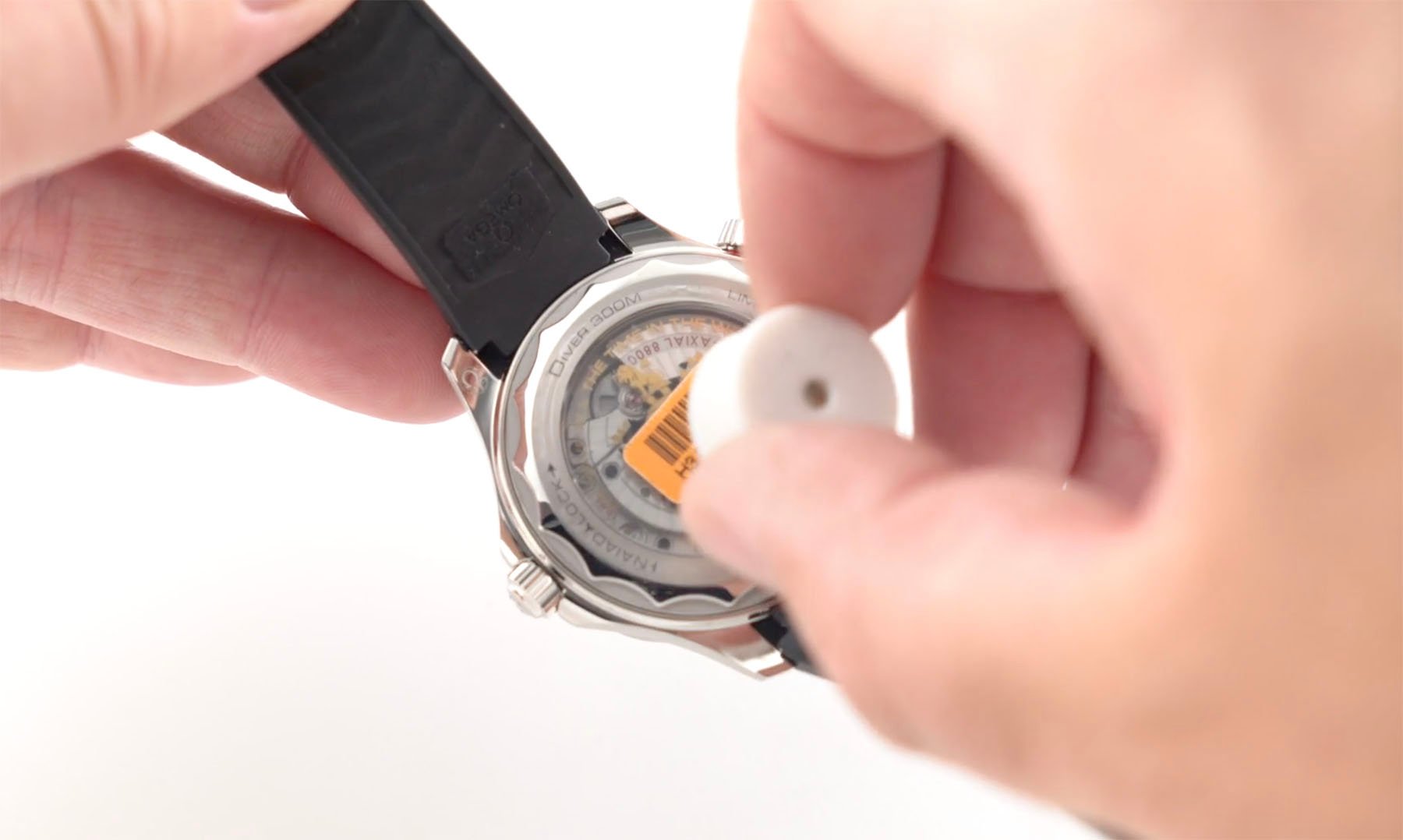
Testing the antimagnetic properties of the METAS Master Chronometer-certified Omega caliber 8800 (video here)
What is magnetism?
First things first: what is magnetism exactly? Every material is made up of magnetic domains, consisting of atomic dipoles. As long as these are randomly arranged, the material isn’t magnetic. However, when these dipoles and domains become aligned, the material becomes magnetic.
In some materials, these domains are unable to align. Such materials cannot become magnetic. Other materials see their magnetic domains easily aligned, and so they can easily be magnetized. Iron is a prime example of an easily magnetized material.
This is why materials can become magnetic when exposed to a magnetic field. The magnetic pull aligns the dipoles, so the material itself becomes magnetic.
Why magnetism is the enemy of mechanical timekeeping
Now, why does magnetism matter in mechanical timekeeping? The biggest problem is the hairspring. As you may know, the hairspring is the coil in the escapement that provides the back-and-forth swing of the balance wheel. Since it dictates the pace, it is arguably the most crucial part of mechanical timekeeping. The pace is determined by the length of the oscillating part of the spring.
These hairsprings are traditionally made of a metal alloy. If such metals become magnetized, the spring can partly or fully stick to itself. This would either freeze any movement, causing the watch to stop, or it would effectively shorten the spring, causing it to oscillate much faster than desired.
Luckily, this doesn’t actually damage the watch at all, and it can be easily fixed. However, your watch has been rendered useless until it is demagnetized.
Early efforts to combat magnetism
Vacheron Constantin started experimenting with antimagnetism in watchmaking in the 19th century. The house succeeded only decades later in 1915. A pocket watch with a balance wheel, hairspring, and lever shaft made of palladium was the first to be insensitive to magnetism. Tissot released the first antimagnetic wristwatch in 1930.
There is a simpler way that doesn’t involve advanced materials science. You can simply package the entire movement in a soft iron cage. By doing so, the movement is shielded from a potential magnetic field.
The infamous B-Uhren used by the Luftwaffe during the Second World War are prime examples of watches with shielded movements. The later Geophysic by Jaeger-LeCoultre, Omega Railmaster, and Rolex Milgauss used the same technology at first.
Modern ways of combatting magnetism
Soft-iron shielding is still used in modern watchmaking. Not too long ago, Serica added one to the brand’s dive watch, for instance. Crucially, the casing must go all the way around the movement to be effective. This is why you will not see a date complication on watches with such shields. Unfortunately, there is such a thing as a marketing soft iron shielding too. In such cases, the brand only places a cap on the backside of the movement rather than fully packaging it. Magnetism will still affect it through the dial side, so this solution is for show more than anything else.
Most modern brands have turned to new materials to make their watches resistant to magnetism. This is in the spirit of Vacheron Constantin’s original approach. The silicon hairspring is an extremely effective way of making the balance insensitive to magnetic fields.
As you can imagine, this is a more elegant way of solving the problem. It addresses the issue at the core, making the movement insensitive rather than shielding it. Additionally, it doesn’t require the additional thickness of the cage, meaning the watch can be slimmer. Lastly, it opens up the possibility of using display case backs.
Demagnetizing your watch at home
If your watch has suddenly stopped or sped up dramatically without having suffered any hits, it may be magnetized, provided its components are potentially magnetic, of course. There used to be an app called Lepsi that allowed you to measure if your watch was magnetized with your smartphone. Unfortunately, that app is no longer being actively supported. Still, demagnetizing a watch that wasn’t magnetized in the first place doesn’t do any harm. So you might as well try if you are experiencing the issues described above.
All you need is a cheap demagnetizing device like this. You lay the watch on it, on its case back. You push the button and keep it pushed for ten seconds. While keeping the button pushed still, you lift the watch straight up, away from the device.
Your watch should now be demagnetized. If, however, the timing is still off, something else is the source of your problem. You may have to visit your watchmaker to get it serviced.
Closing thoughts
Watchmaking is all about fighting external forces to allow the timekeeping mechanism to run as steadily as possible. Magnetism is one of those external forces that can wreak havoc. Luckily, most modern watches are at least sufficiently antimagnetic to resist common limited exposure to magnetism. If, however, you want your watch to resist stronger fields, you will need some sort of additional measures. These can come in the form of a soft-iron cage or nonmagnetic materials.
It seems we are moving more and more towards material solutions. More watch brands are adopting nonmagnetic materials, and it seems only a matter of time before it will be the norm. Until then, be a little bit careful around magnetic fields from, for instance, loudspeakers. And get yourself a little demagnetizer in case you inadvertently venture into a magnetic field.
Have you ever experienced trouble with magnetism and your watches? Let us know in the comments below!
Featured image: Phillips


